Syria - Hama Waterwheels
Hama is famous for its norias, giant waterwheels measuring up to 20 meters. They were used to irrigate the land around the Orontes (Al-Assi) river, which sits higher then the riverbed. The norias were designed to scoop water up from the river and into aqueducts which then channeled the water to local gardens and fields.
Norias were used in Hama since at least the 5th century. There is an old mosaic in the Hama museum, found in Apamea and dated to 469 A.D. showing their use. The wheels seen today were designed in the 13th century by the Ayyubids, who built around 30 of them. Out of the 100 norias that originally existed in and around Hama 17 survive today (Dating from the 14th and 15th centuries). They have been rebuilt or reconditioned during the Mamluk and Ottoman times.
To ensure the constant movement of the wheels, the river flow was channeled by little dams into a series of sluice gates. The gates are in use today, and the closing of a gate will completely stop the wheel from turning. The norias emit a distinctive "moan" as they turn, the result of friction between the wooden central pin against two wooden pads that support it. Every noria makes a distinct sound, and expert noria workers can diagnose the exact condition and health of the wheel just by listening to the sound it makes.
The use of norias as an irrigation tool was abandoned in the middle of the 20th century, they were replaced by diesel pumps which operate today. The Syrian government still allocates some funds for their maintenance, ensuring that this particular Hama icon does not die.
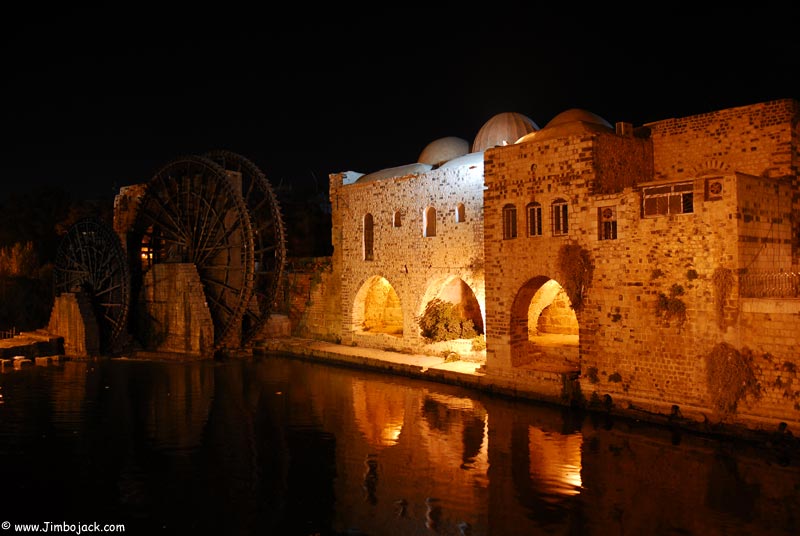
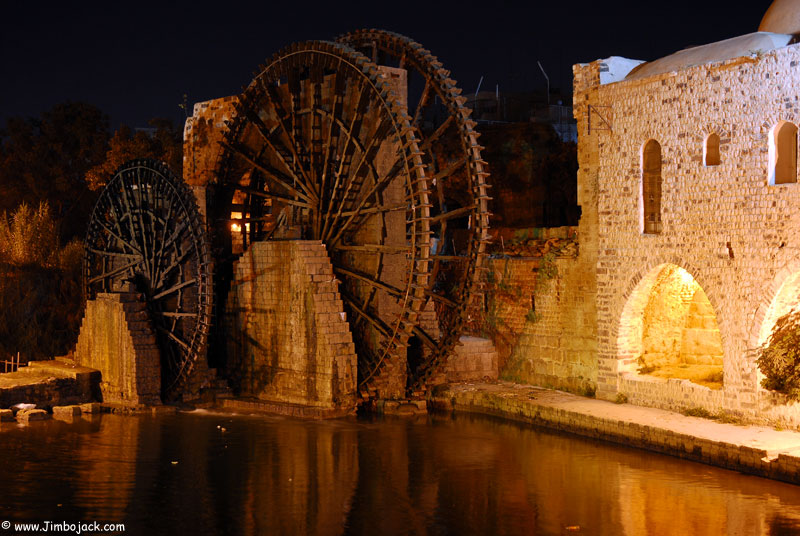

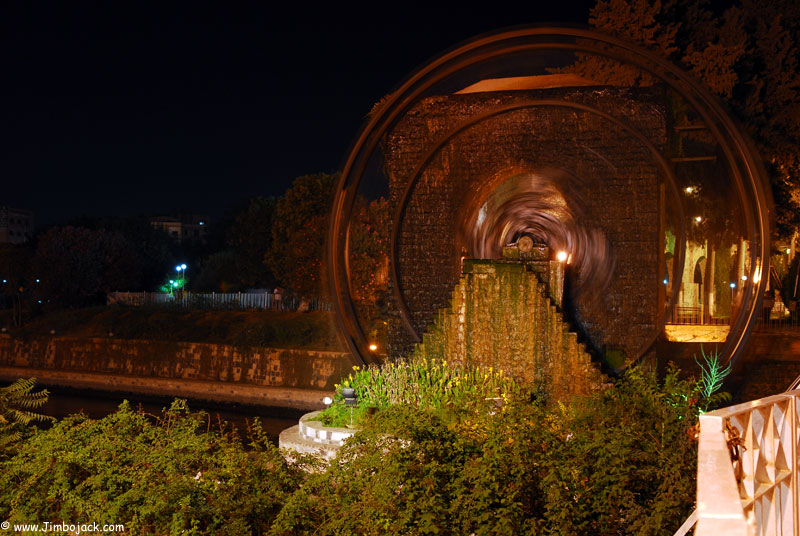
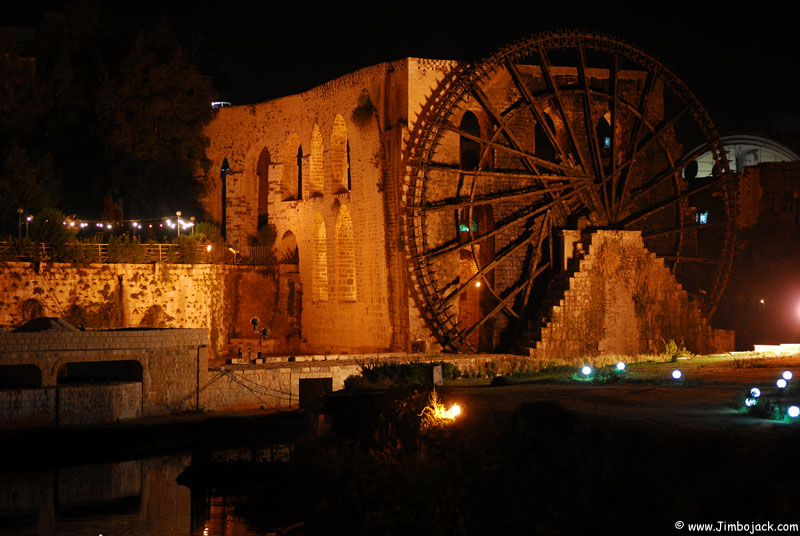
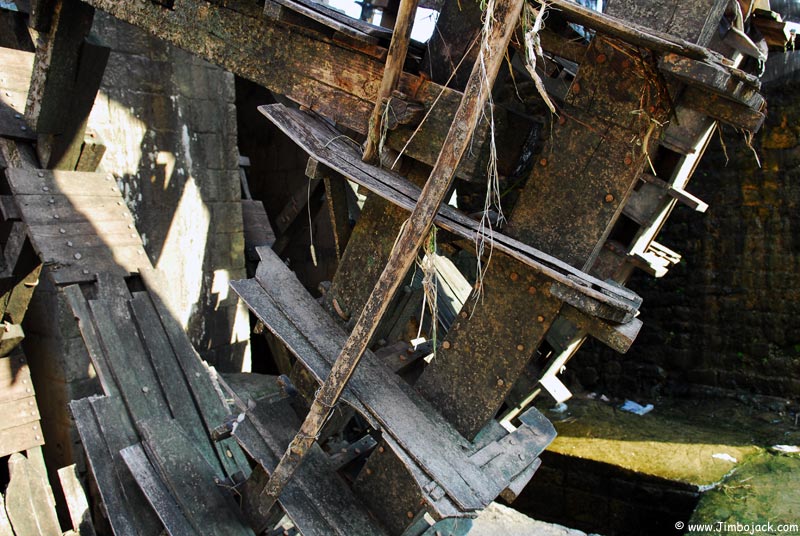
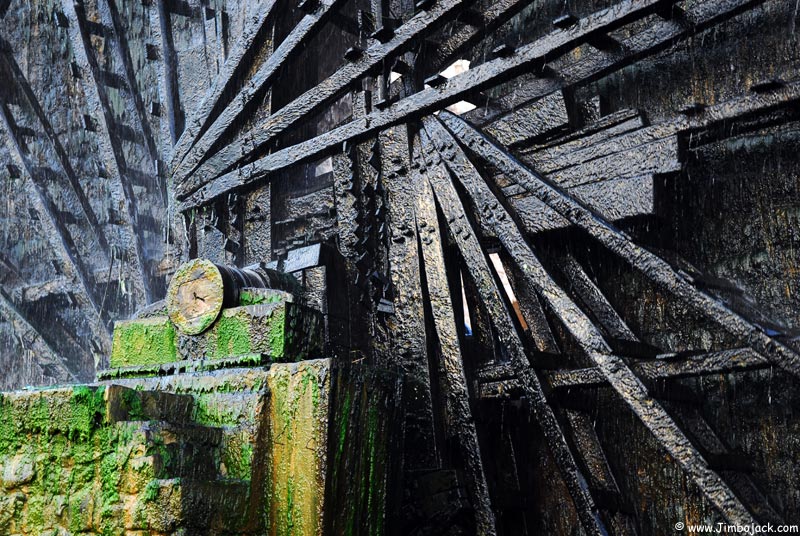

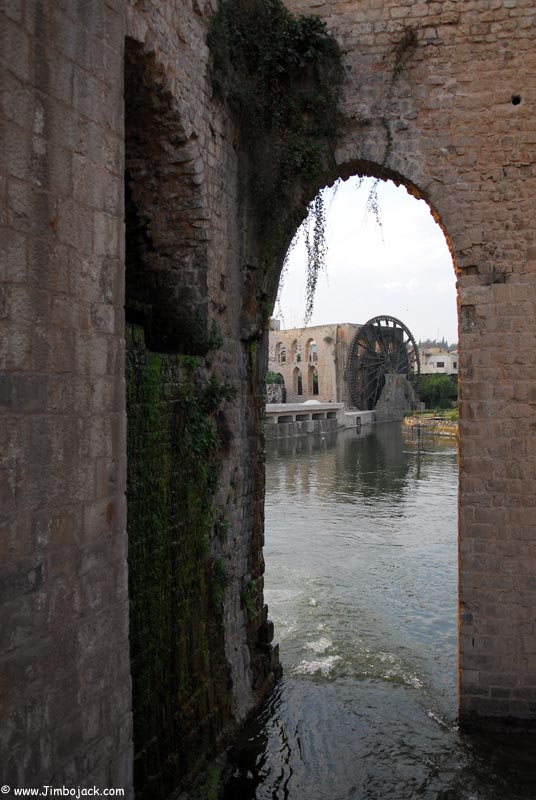
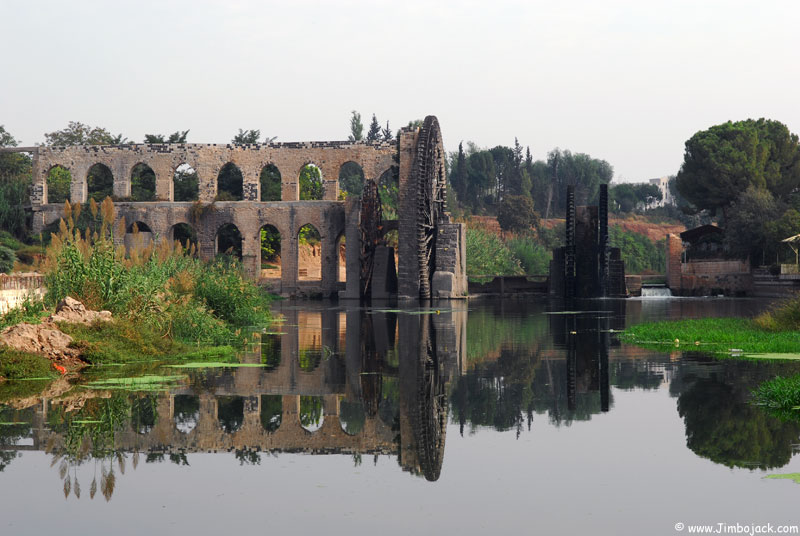
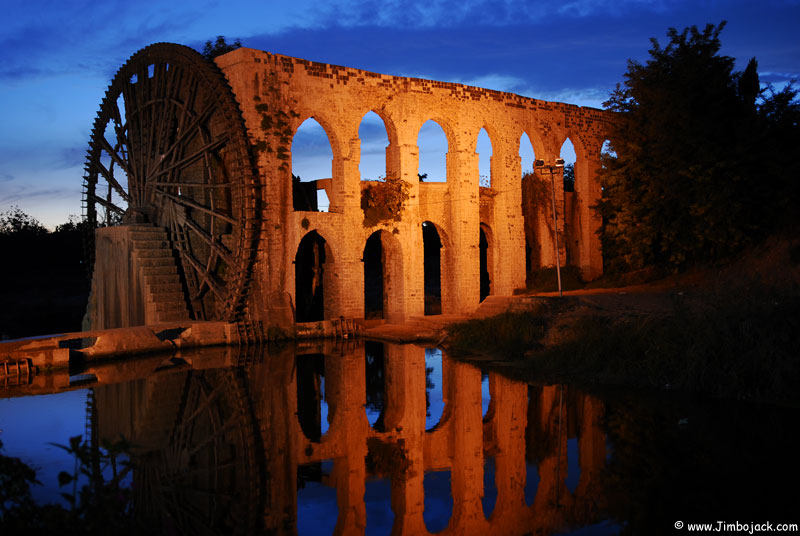

Couple of kids wanted to see the photos I was taking of the Norias from a bridge and wanted me to take a picture of them

More from this series are posted on my web site. I'll post another series from Syria later today or tomorrow.
Norias were used in Hama since at least the 5th century. There is an old mosaic in the Hama museum, found in Apamea and dated to 469 A.D. showing their use. The wheels seen today were designed in the 13th century by the Ayyubids, who built around 30 of them. Out of the 100 norias that originally existed in and around Hama 17 survive today (Dating from the 14th and 15th centuries). They have been rebuilt or reconditioned during the Mamluk and Ottoman times.
To ensure the constant movement of the wheels, the river flow was channeled by little dams into a series of sluice gates. The gates are in use today, and the closing of a gate will completely stop the wheel from turning. The norias emit a distinctive "moan" as they turn, the result of friction between the wooden central pin against two wooden pads that support it. Every noria makes a distinct sound, and expert noria workers can diagnose the exact condition and health of the wheel just by listening to the sound it makes.
The use of norias as an irrigation tool was abandoned in the middle of the 20th century, they were replaced by diesel pumps which operate today. The Syrian government still allocates some funds for their maintenance, ensuring that this particular Hama icon does not die.












Couple of kids wanted to see the photos I was taking of the Norias from a bridge and wanted me to take a picture of them

More from this series are posted on my web site. I'll post another series from Syria later today or tomorrow.
Phillip
Just back from Europe, Eastern Turkey, Iraq and Iran, new photos coming soon!
Over 100 Countries, thousands of pictures, one Website (being redesigned at the moment)
www.Jimbojack.com
Just back from Europe, Eastern Turkey, Iraq and Iran, new photos coming soon!
Over 100 Countries, thousands of pictures, one Website (being redesigned at the moment)
www.Jimbojack.com
0
Comments
ann
My Galleries My Photography BLOG
Ramblings About Me
Aaron Newman
Website:www.CapturingLightandEmotion.com
Facebook: Capturing Light and Emotion
way spectacular!